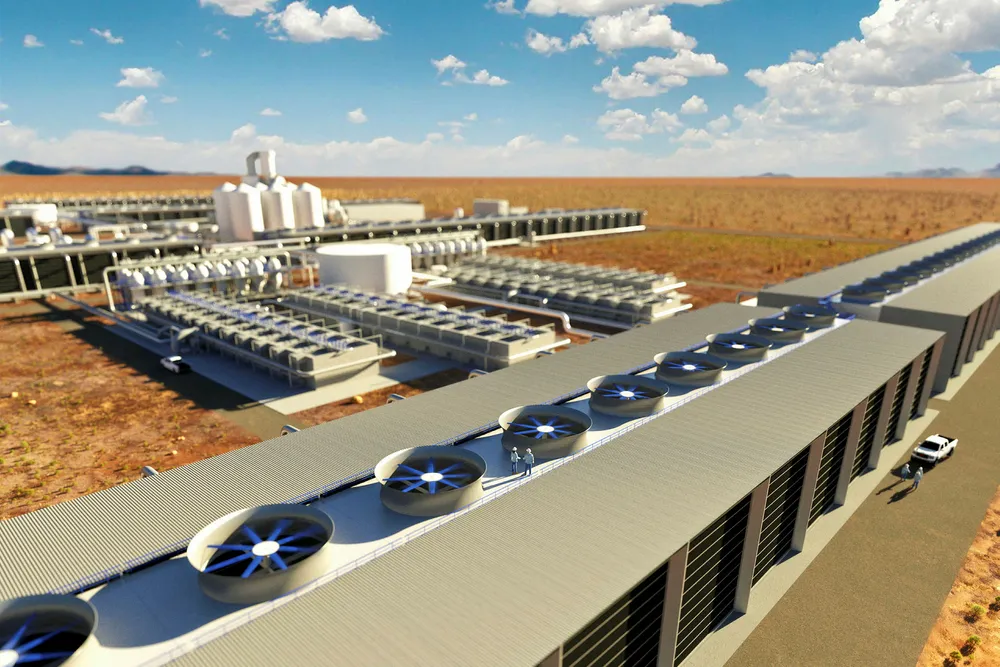Oil and gas companies have direct air capture technology in their sights
Backers say costs are coming down for nascent technology — and they are getting crucial backing from carbon-conscious energy companies

Backers say costs are coming down for nascent technology — and they are getting crucial backing from carbon-conscious energy companies
